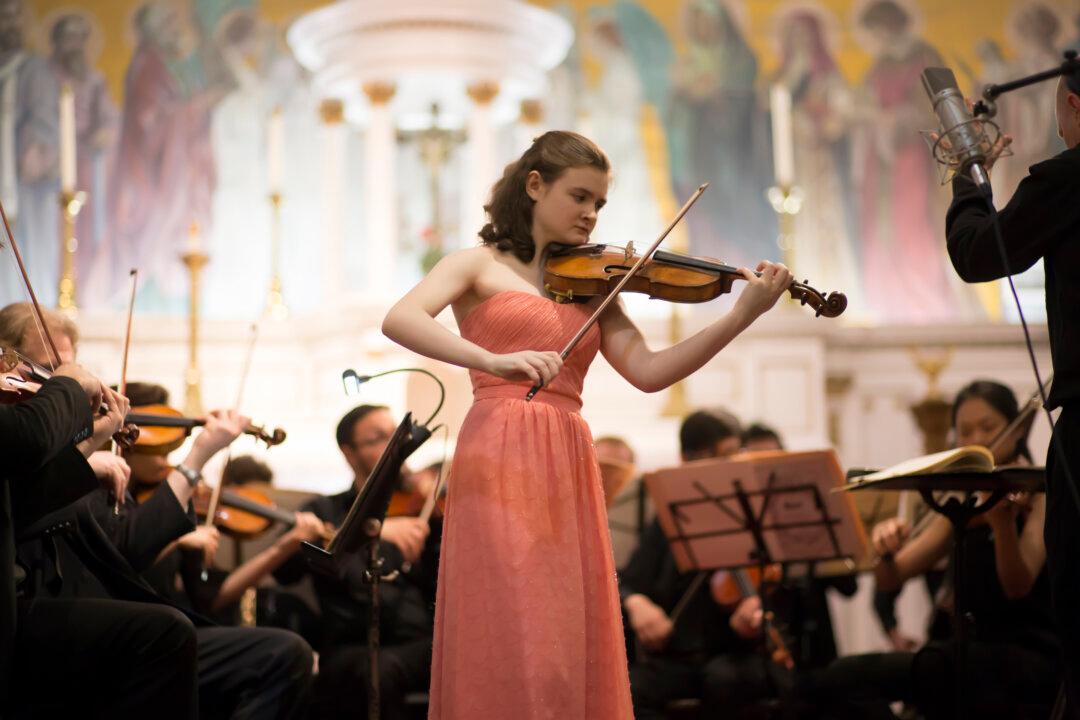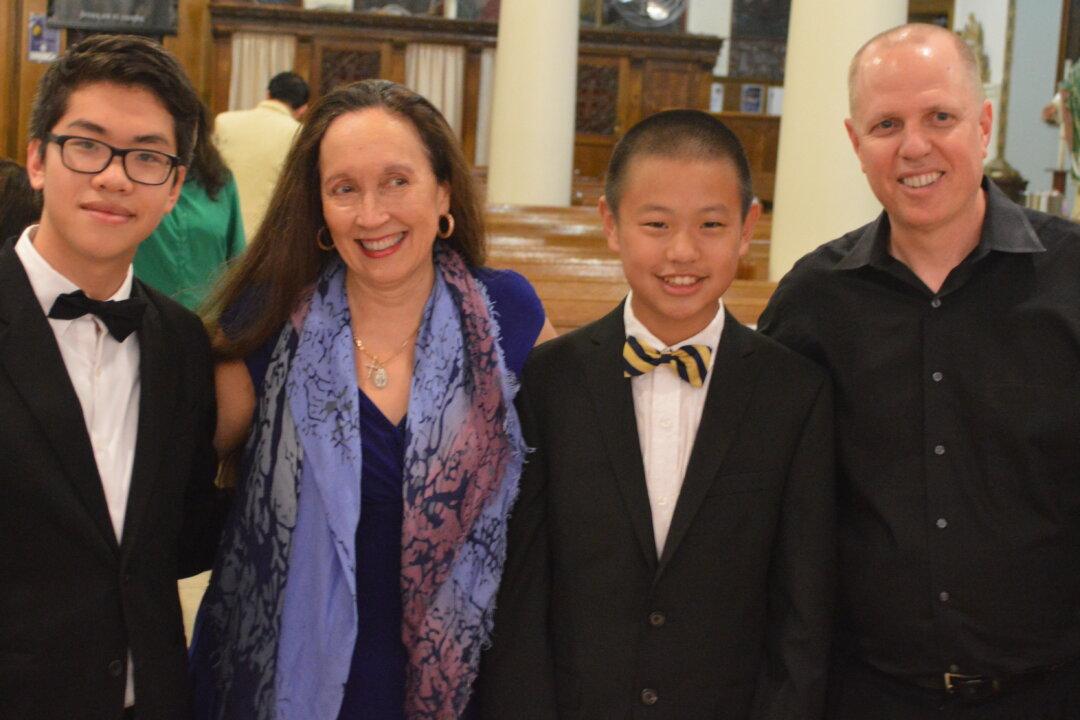NEW YORK—A magical performance of a magnificent Mozart piano concerto was a highpoint of a pair of concerts presented by the New York Concerti Sinfonietta on Oct. 19 and 21.
The first concert, held on Oct. 19 at Carnegie Hall’s Weill Recital Hall, presented 2014 International Shining Stars Competition winners in New York debuts. It began with an unusually diverse assortment of five soloists appearing with orchestra, each of whom played a different instrument. A soprano was also heard in Mozart arias. The balance of the program showcased six unaccompanied pianists.
The second concert, on Oct. 21 in the splendid acoustics of Cary Hall at the DiMenna Center in Midtown, spotlighted two first-place winners of the 2014 Chicago International Amateur Piano Competition. New Yorker Stanley Sisskin and Ireland-born Deirbhile Brennan were winners in the concerto and solo categories, respectively.
Accompanying both concerts was the superb New York Concerti Sinfonietta, sensitively led by principal conductor Paul Hostetter. The founder and artistic director of the Sinfonietta is Dr. Julie Jordan. She is currently in her 29th year on the piano faculty of The Juilliard School Evening Division.
Magical Mozart Concerto Mesmerizes
Sisskin had previously appeared with the New York Concerti Sinfonietta, but nothing I had heard from him before prepared me for the extraordinary level of playing he exhibited on this occasion. Sisskin gave an inspired performance of Mozart’s masterful Piano Concerto No. 24 in C Minor, K. 491, that most professionals would despair of matching. Sisskin even composed a stylish, imaginatively contrapuntal and modulatory first movement cadenza that Mozart would not have been embarrassed to claim authorship of.
Sisskin played from memory. His tempi for all three movements were ideal. His touch was varied, embodying a subtle dynamic range perfectly suited to the music. Technically, Sisskin was virtually flawless, exhibiting enviably even scales, arpeggios, and trills. His phrasing was insightful. Interpretatively, he penetrated to the emotional core of this profound work.
Maestro Hostetter matched him phrase for phrase, eliciting caressingly beautiful, elastic playing from the outstanding orchestra comprising some of New York’s finest soloists, principal players, and chamber ensemble musicians. In the Mozart, the orchestra’s ravishing woodwinds dialogued with the piano as if they were operatic soloists. The French horns covered themselves with glory, while the string sections’ timbre glowed luminously.
On the basis of this exalted performance, to refer to Sisskin as an amateur is to commit sacrilege. After Sisskin’s Mozart concluded the concert, the audience headed home wreathed in smiles and in a joyous mood, buoyed by his revelatory reading of this poignant masterwork.







